| Lynne and myself made the 90 mile drive from our campsite in Western Holland to Arnhem, to meet up with some friends from the Historic Military Vehicle Forum. They were to take us around some of the sites and locations of combat in relation to the 'Bridge' story. After meeting at a local stadium, an easy landmark to find, we set off along a dyke along one side of the River Rhine. |

|
|
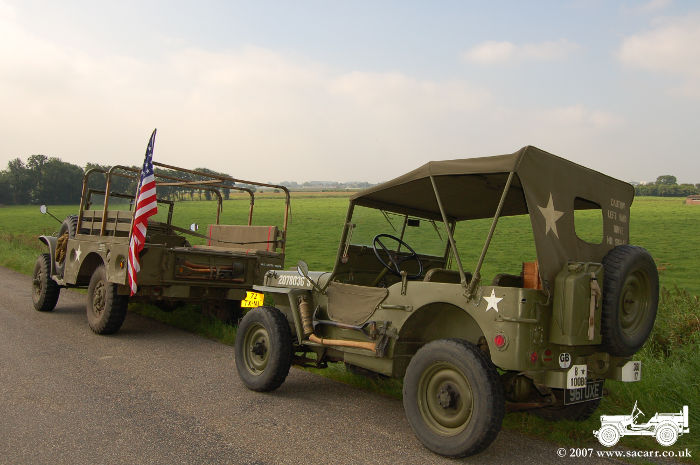
|
Soon we parked up at the spot where the troops retreated back across the river. Close to where we parked, there was a memorial to those involved in this retreat. From there we continued along the dyke and eventually reached a ferry where we crossed the Rhine. |

|
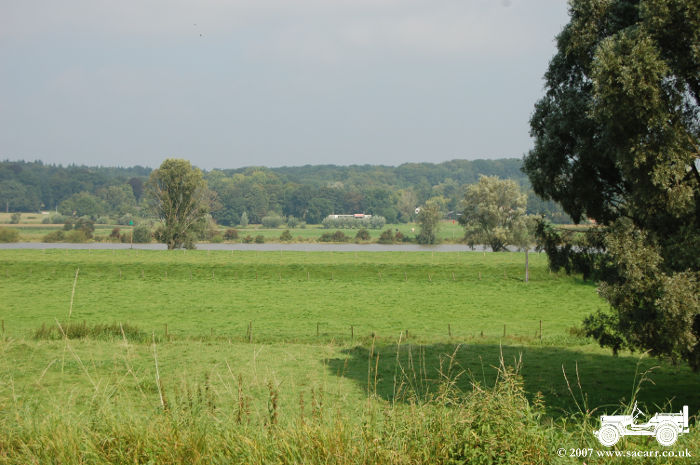
|
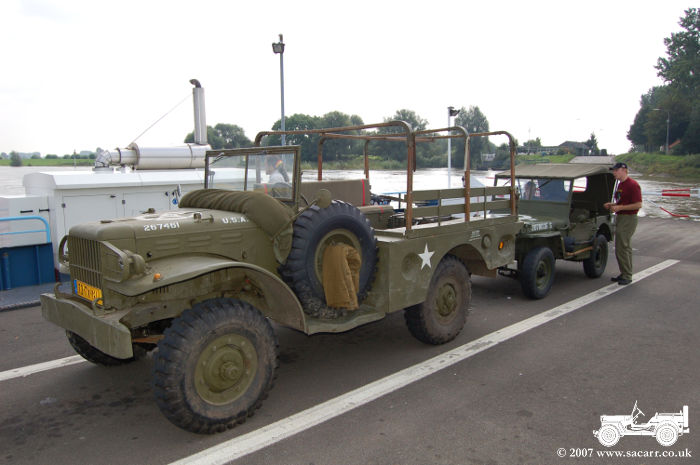 |
|
| From the other side of the Rhine, we drove on through woods, heading for the next historic location. We made a couple of wrong turns and found out the Dodge took quite an effort to turn on the narrow lanes! | ||
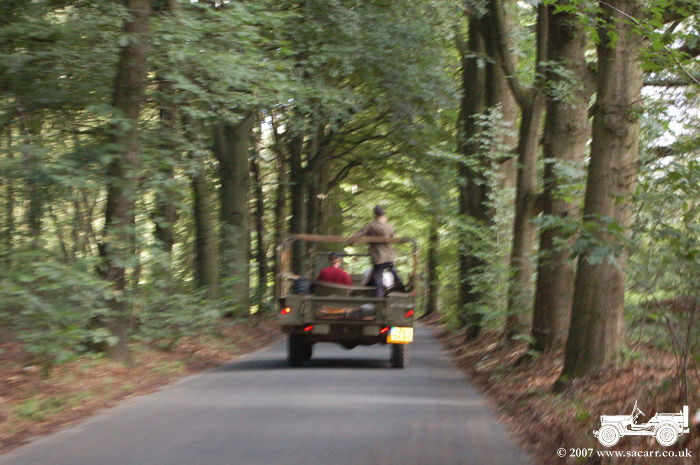
|
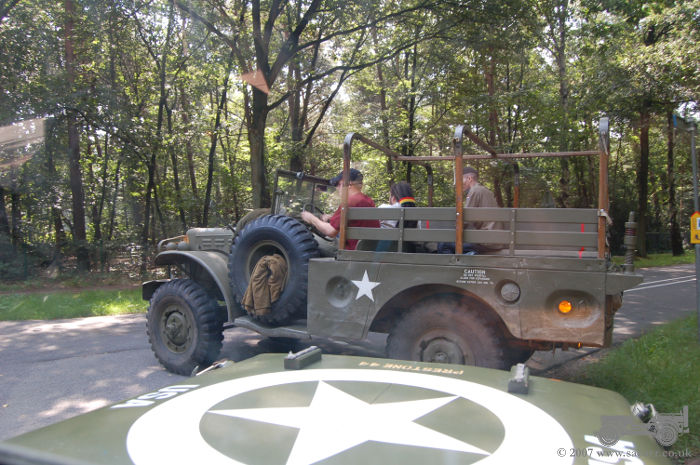
|
|
| Eventually we pulled into a little clearing to the side of the road, next to some open fields. This was the location of the Polish Para drop, and also some some glider landings. | ||
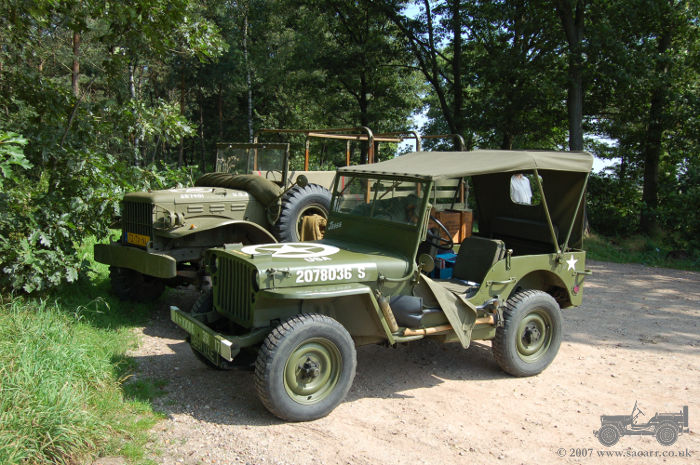
|
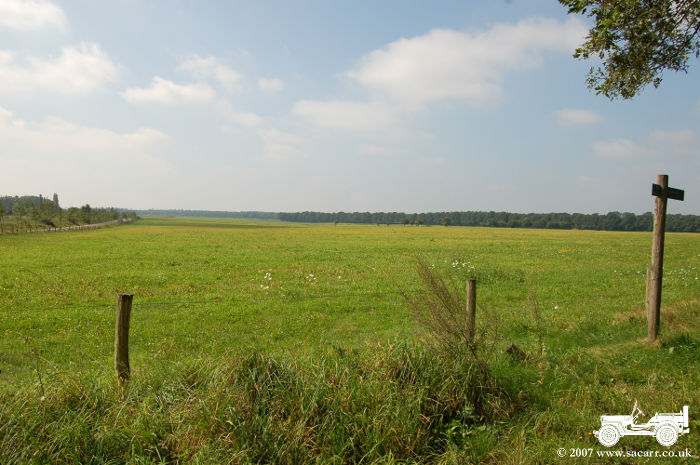 |
|
| From there we moved on to the lane where the SAS Jeeps were ambushed on the way to the bridge. The ground rises either side of the lane making the ideal location for an ambush. As we continued along the track it became a bridal way, but with four wheel drive it wasn't going to stop us. We did question our guides as to whether we should be on the track, but they assured us nobody would stop ( or catch ) us! | 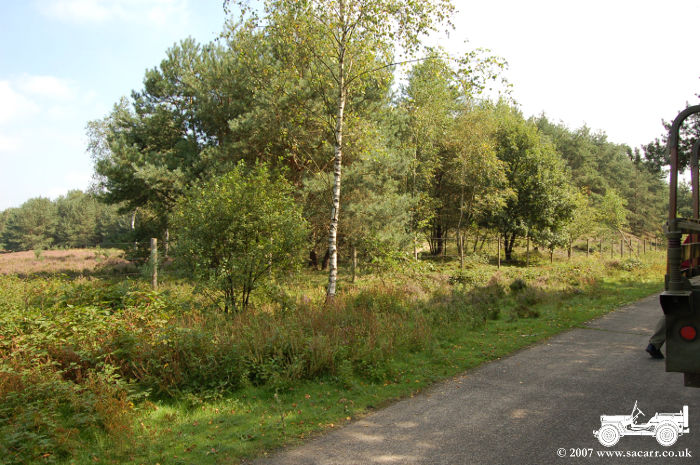
|
|
| On and Off Roading Video Link | ||
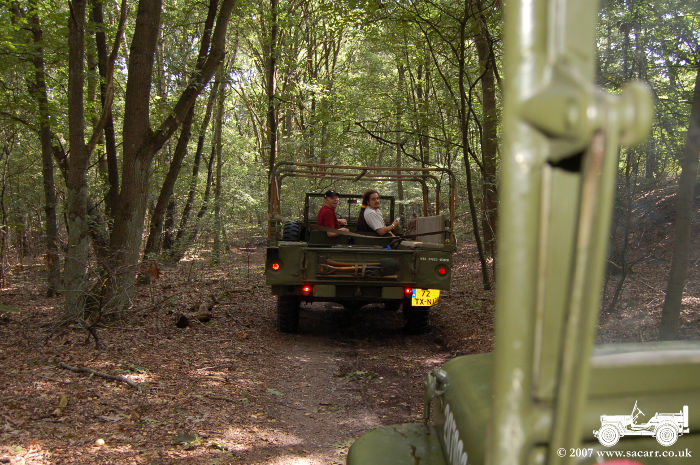
|
 |
|
| The track became more muddy and the puddles became deeper. The Dodge went first, finding all the deepest holes, allowing me to take a slightly better route through the mud. Eventually we returned to a proper road and arrived at the Commonwealth Cemetary. Amongst the gravestones was that of Flt Lt D.S.A. Lord VC, DFC, the pilot of the RAF Dakota lost while completing its supply drop, despite fire spreading across the wing. | 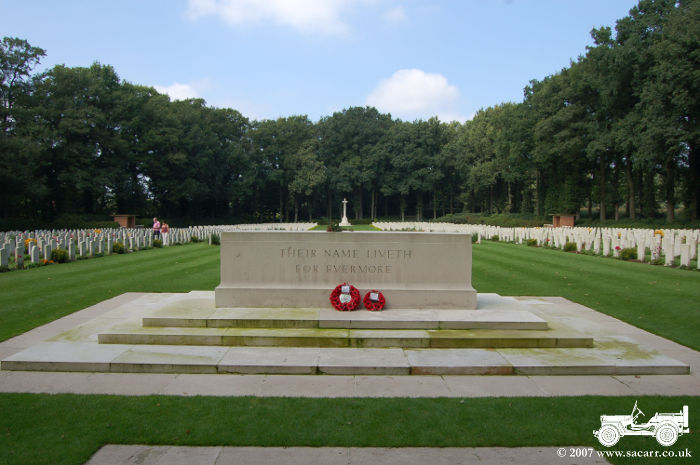 |
|
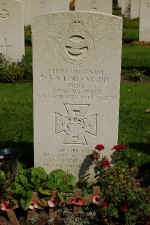
|
Not
long after, we stopped for lunch at the 'Airborne Cafe'
|
|
| After lunch, we went to the 'Air War Museum', where many of the displays featured items that have been excavated locally. Two of the larger displays were this Quad .50cal turret and the Auster AOP aircraft. | ||
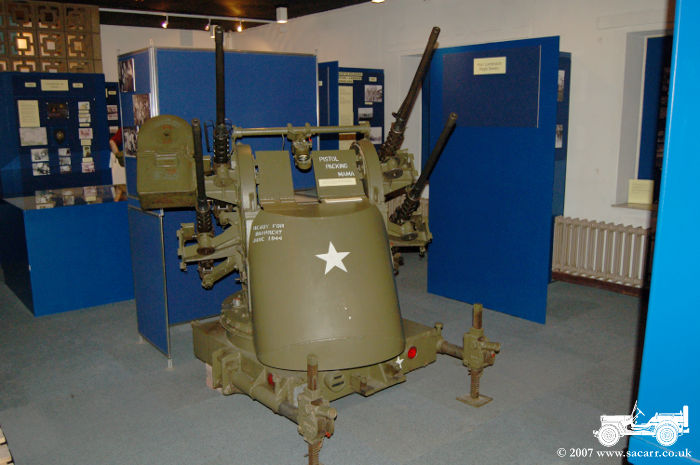
|
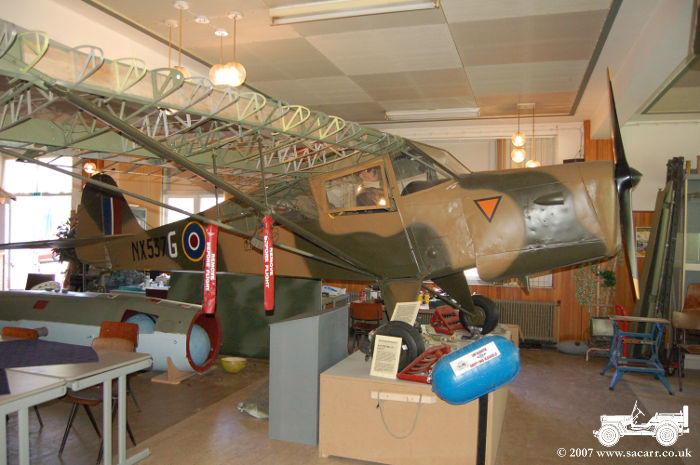 |
|
| We left the museum and about an hour later arrived back in Arnhem to see the bridge. Several information plaques about the story encircled a field gun which was set pointing towards the bridge. The original bridge was later bombed by the Allies and finally blown up by the Germans. A replacement bridge was built to the same plans and now stands as a memorial to "The Bridge Too Far". | 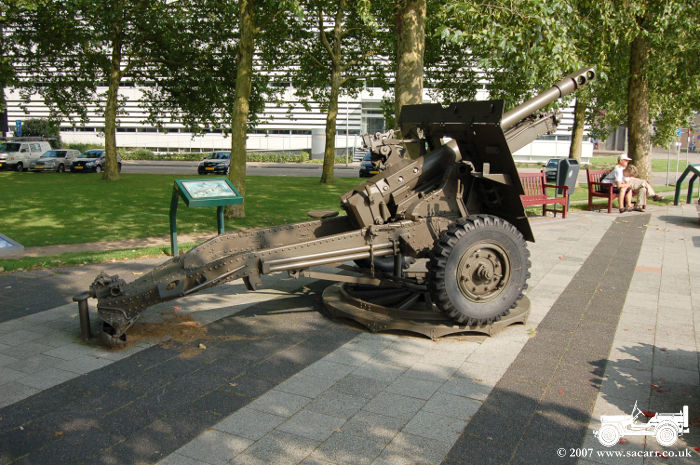 |
|
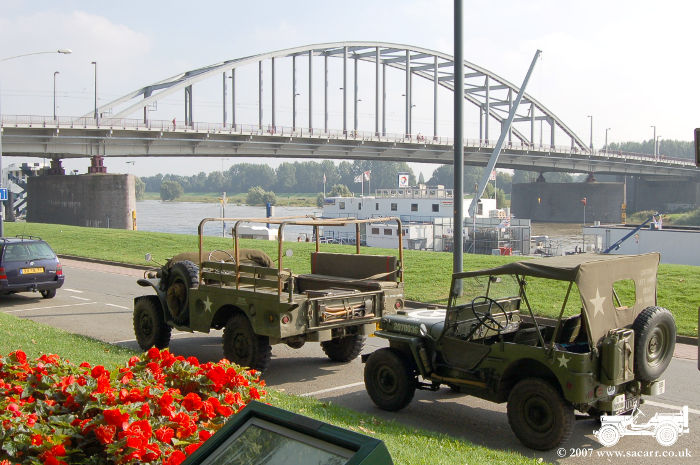
|
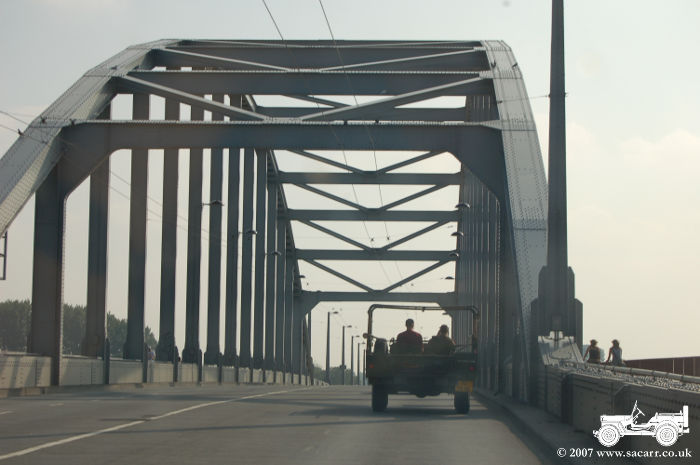 |
|
